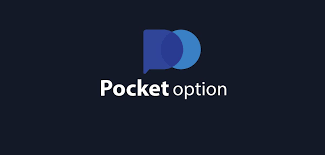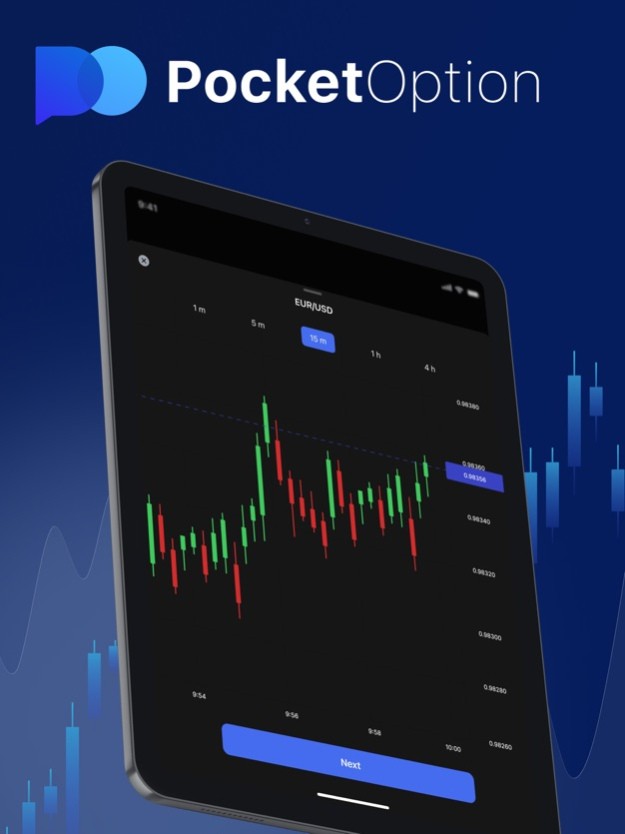Understanding Fees Pocket Option

Understanding Fees Pocket Option
In the world of online trading, understanding fees is crucial for maximizing your profits and minimizing your costs. Pocket Option is a popular platform known for its user-friendly interface and diverse trading options. However, like any other trading platform, it is essential to familiarize yourself with the fees associated with using Pocket Option. For a detailed analysis of the commissions, you can refer to Fees Pocket Option https://pocketoption-web.com/komissii/. In this article, we will explore the various types of fees that traders may encounter while using Pocket Option and how to effectively manage them.
1. Types of Fees on Pocket Option
When trading on Pocket Option, multiple fees can impact your overall trading experience. It’s important to understand these fees to make informed decisions. Here are some of the common types of fees you might encounter:
1.1. Spread Fees
The spread is the difference between the buying (ask) price and the selling (bid) price of an asset. This is one of the primary sources of income for brokers, including Pocket Option. Traders should be aware of the spread as it can vary depending on the asset and market conditions. A tighter spread means lower costs for the trader, while a wider spread can reduce potential profits.
1.2. Commission Fees

Some brokers charge a commission on trades, but Pocket Option has adopted a different approach by offering zero commission trading on various assets. This means that traders can execute trades without worrying about an additional commission cutting into their profits. However, it’s essential to verify if this applies to all trading pairs and conditions.
1.3. Overnight Fees
Overnight fees, also known as swap fees, incur when you hold a position overnight. If you are trading on margin or holding positions longer than a day, be sure to check the overnight fees associated with your trades. While Pocket Option does not have a traditional overnight fee structure like some other brokers, always verify the specific terms for your trading account.
1.4. Withdrawal Fees
When it’s time to withdraw your profits, be mindful of any withdrawal fees Pocket Option might impose. These fees can vary based on the method of withdrawal you choose. For example, withdrawing through bank transfer might have a different fee structure compared to electronic wallets. Understanding these fees can help you plan your withdrawals effectively.
1.5. Deposit Fees
While many brokers offer free deposits, some may have fees associated with specific payment methods. Pocket Option provides various deposit options, including credit cards, bank transfers, and e-wallets. However, be sure to check if any fees are applicable when making your deposit.
2. How to Manage and Minimize Trading Fees
It’s essential to strategize on how to manage and minimize the fees incurred while trading on Pocket Option. Here are some tips that may help you:
2.1. Choose the Right Trading Strategy

Adopting a trading strategy that minimizes frequent trading can help reduce exposure to spread and other fees. For instance, instead of day trading, consider swing trading or longer-term strategies that allow you to hold positions for extended periods.
2.2. Leverage Promotions and Bonuses
Keep an eye out for promotions or bonuses that Pocket Option may offer. These incentives can help offset some of your trading costs and increase your overall profitability. Always read the terms and conditions associated with these offers.
2.3. Utilize Fee-Free Deposit and Withdrawal Methods
Research the different deposit and withdrawal methods available on Pocket Option. Some methods might be associated with fees while others may not. Opt for fee-free methods whenever possible to maximize your trading profits.
2.4. Monitor Asset Performance and Trading Costs
Regularly review your trades and their associated costs. Keeping track of how fees impact your profitability can help you make better decisions moving forward. This might involve tweaking your trading strategy based on the assets you trade and their respective costs.
3. Conclusion
Understanding and managing fees on Pocket Option is fundamental for all traders aiming to optimize their trading experience. By being aware of the different types of fees, such as spread, commission, withdrawal, and deposit fees, you can better strategize your trading approach. Additionally, implementing the management tips discussed can lead to improved trading profitability and a more enjoyable trading journey. Always take the time to review the || latest updates regarding fees and terms of service to stay informed and make the best choices for your trading activities.
In summary, the Fees Pocket Option are an integral part of the trading experience. Make it a habit to stay informed, strategize effectively, and employ the tips mentioned above to minimize your trading costs and maximize your overall trading success.

Add Comment